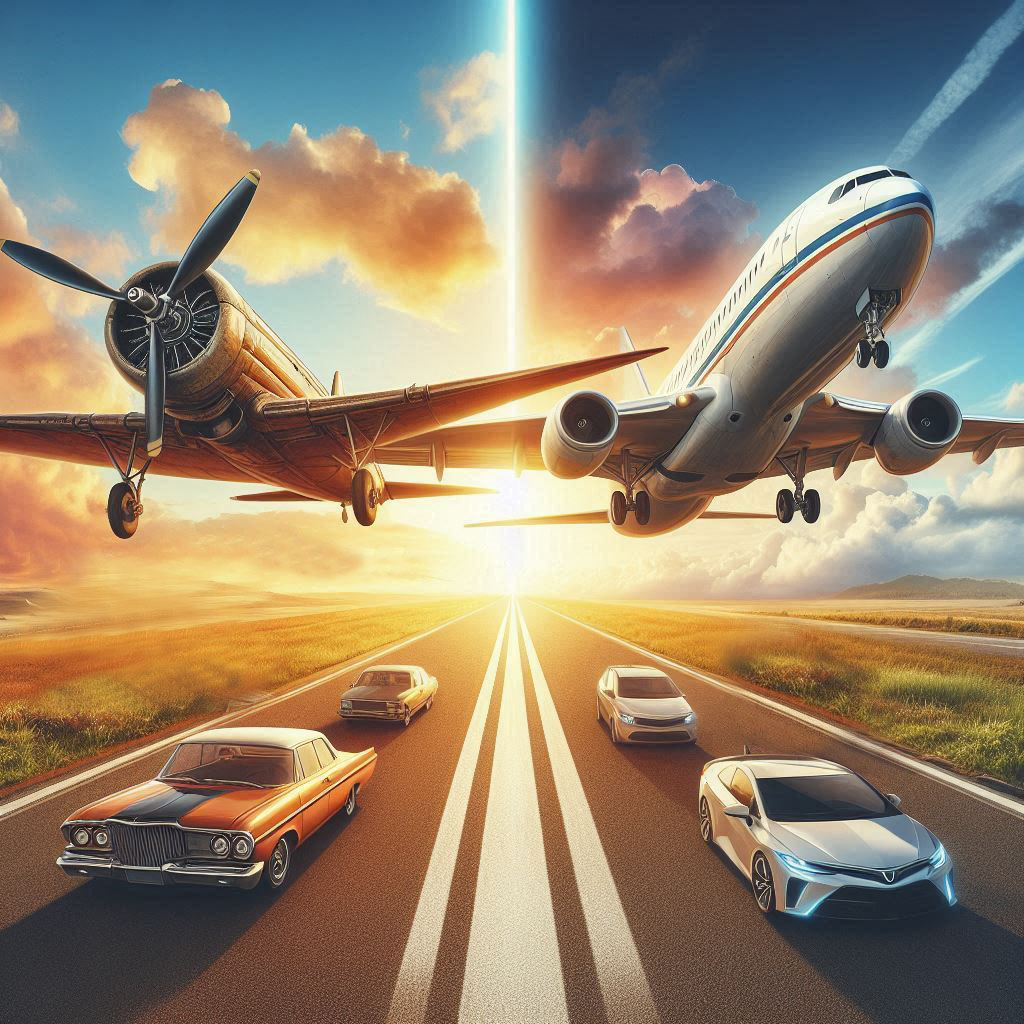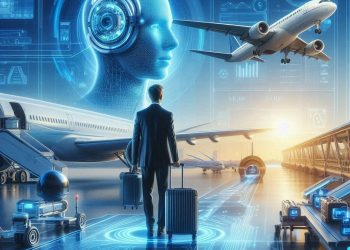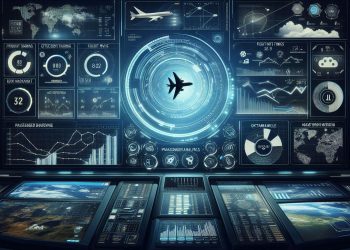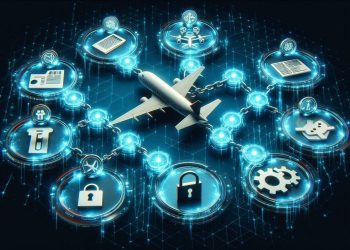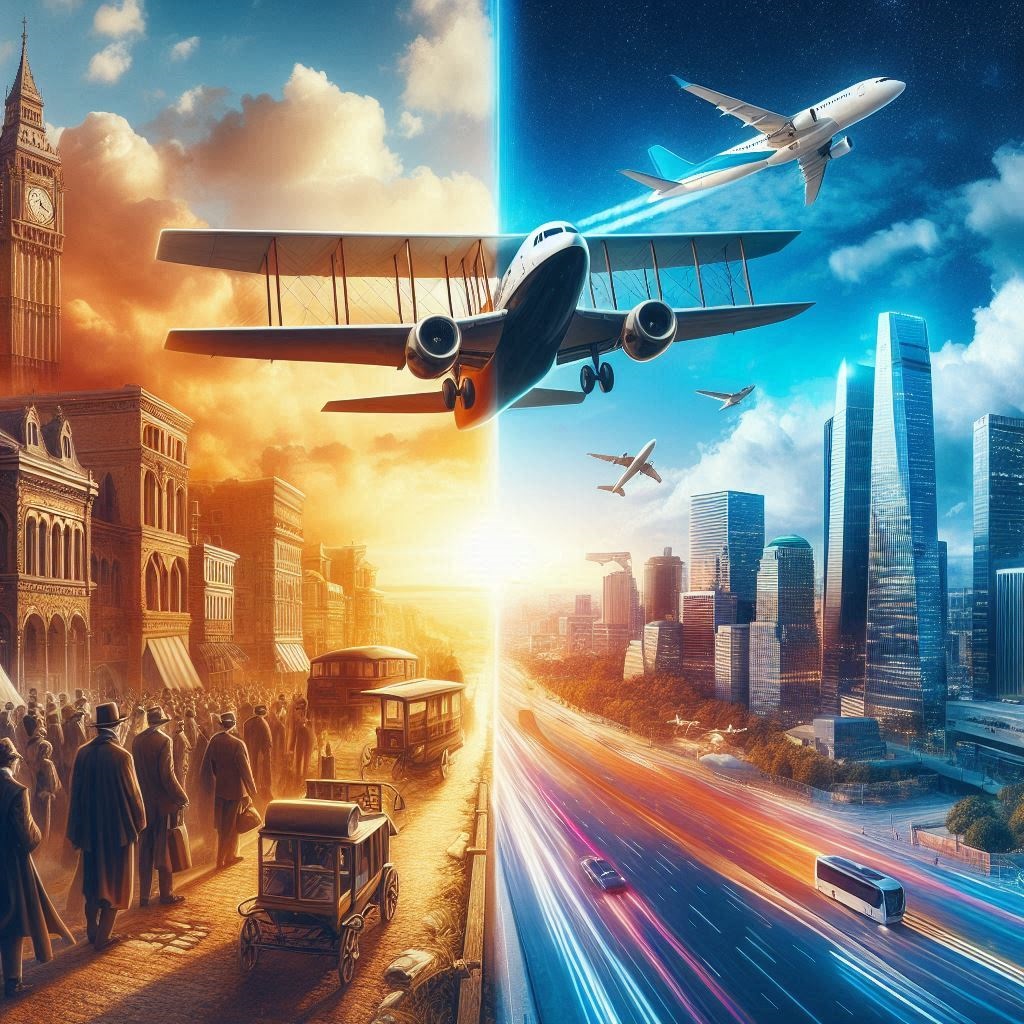The Evolution of Commercial Airlines From Propeller Planes to Jets
Introduction
The history of commercial aviation is a fascinating journey that has transformed the way people travel. From the early days of propeller-driven aircraft to the high-speed jetliners of today, commercial airlines have revolutionized global connectivity, commerce, and tourism. This article explores the remarkable evolution of commercial aviation, highlighting key technological advancements and industry milestones that have shaped air travel over the past century.
The Propeller Era: The Beginnings of Commercial Aviation
Early Passenger Flights
The first commercial airline services began in the early 20th century using small, propeller-driven aircraft. The world’s first scheduled airline, Deutsche Luftschiffahrts-Aktiengesellschaft (DELAG), was founded in 1909 and primarily used airships. However, true commercial air travel took off in the 1920s and 1930s with aircraft such as the Ford Trimotor and the Douglas DC-3, which revolutionized air travel with their reliability and improved passenger capacity.
The Golden Age of Air Travel
The 1930s and 1940s marked the golden age of propeller-driven commercial aviation. Airlines like Pan American World Airways (Pan Am) and TWA expanded international routes, providing luxurious travel experiences for passengers. Aircraft like the Lockheed Constellation and the Boeing 377 Stratocruiser offered greater comfort, speed, and range, setting new standards in air travel.
The Transition to Jet-Powered Flight
The Dawn of the Jet Age
The 1950s ushered in the Jet Age, a period of rapid transformation in commercial aviation. The introduction of jet engines allowed aircraft to fly faster, higher, and more efficiently than their propeller-driven predecessors. The de Havilland Comet, introduced in 1952, was the world’s first commercial jet airliner. Despite initial setbacks due to structural failures, it paved the way for safer and more advanced jet aircraft.
The Boeing 707 and the Revolution of Air Travel
In 1958, Boeing introduced the 707, the first commercially successful jetliner. With speeds of over 600 mph, the Boeing 707 significantly reduced travel times and made long-haul international flights more practical. This aircraft cemented Boeing’s dominance in the industry and encouraged other manufacturers, such as Douglas (with the DC-8) and Convair, to develop their own jet airliners.
The Expansion of Commercial Airlines
The Wide-Body Era
The late 1960s and 1970s saw the introduction of wide-body jets, which increased passenger capacity and improved fuel efficiency. The Boeing 747, introduced in 1970, became an icon of commercial aviation with its double-deck design and ability to carry over 400 passengers. Other notable aircraft of this era included the McDonnell Douglas DC-10 and the Lockheed L-1011 TriStar, both of which offered improved range and comfort.
The Rise of Supersonic Travel
The 1970s also witnessed the advent of supersonic commercial air travel with the introduction of the Concorde and the Tupolev Tu-144. Capable of flying at speeds over Mach 2, these aircraft drastically reduced travel times. However, high operational costs, limited routes, and environmental concerns led to their decline, with Concorde retiring in 2003.
The Modern Era: Efficiency and Innovation
The Advent of Twin-Engine Jets
The 1980s and 1990s saw the rise of more fuel-efficient, twin-engine jetliners such as the Boeing 757, 767, and Airbus A320. These aircraft offered airlines greater flexibility, lower operating costs, and improved fuel efficiency compared to older tri-jet and four-engine models. The introduction of ETOPS (Extended-range Twin-engine Operational Performance Standards) allowed twin-engine aircraft to fly long-haul routes over oceans, further expanding commercial aviation capabilities.
The Rise of Budget Airlines
The 1990s and early 2000s also saw the rise of low-cost carriers such as Southwest Airlines, Ryanair, and EasyJet, which revolutionized air travel by offering affordable fares and streamlined operations. These airlines made flying more accessible to the general public, leading to increased passenger volumes worldwide.
The Age of the Superjumbo and the Dreamliner
In the 2000s, Boeing and Airbus introduced two game-changing aircraft: the Airbus A380 and the Boeing 787 Dreamliner. The A380, the world’s largest passenger aircraft, could carry over 800 passengers, while the Dreamliner introduced lightweight composite materials, improved aerodynamics, and fuel-efficient engines, setting new standards for modern aviation.
The Future of Commercial Aviation
Sustainability and Green Aviation
As concerns over climate change grow, the aviation industry is investing in sustainable aviation fuels (SAFs), hybrid-electric aircraft, and hydrogen-powered planes. Airlines and manufacturers are also focused on reducing carbon emissions and improving fuel efficiency with next-generation aircraft.
Supersonic and Hypersonic Travel
With advancements in technology, companies like Boom Supersonic and NASA are working on new supersonic and hypersonic aircraft, promising to make ultra-fast air travel a reality once again.
Urban Air Mobility
The rise of electric vertical takeoff and landing (eVTOL) aircraft is set to revolutionize urban transportation. Companies like Joby Aviation and Archer Aviation are developing air taxis that could reduce congestion and transform the way people travel within cities.
Conclusion
The evolution of commercial airlines from propeller planes to jets has been a story of continuous innovation and progress. Aviation has connected the world in ways once thought impossible, revolutionizing travel, commerce, and global interaction. As technology advances, the future of commercial aviation promises even greater efficiency, sustainability, and accessibility, ensuring that the journey of air travel continues to soar to new heights.

